 How to Test Your Carbon Monoxide Alarm
How to Test Your Carbon Monoxide Alarm
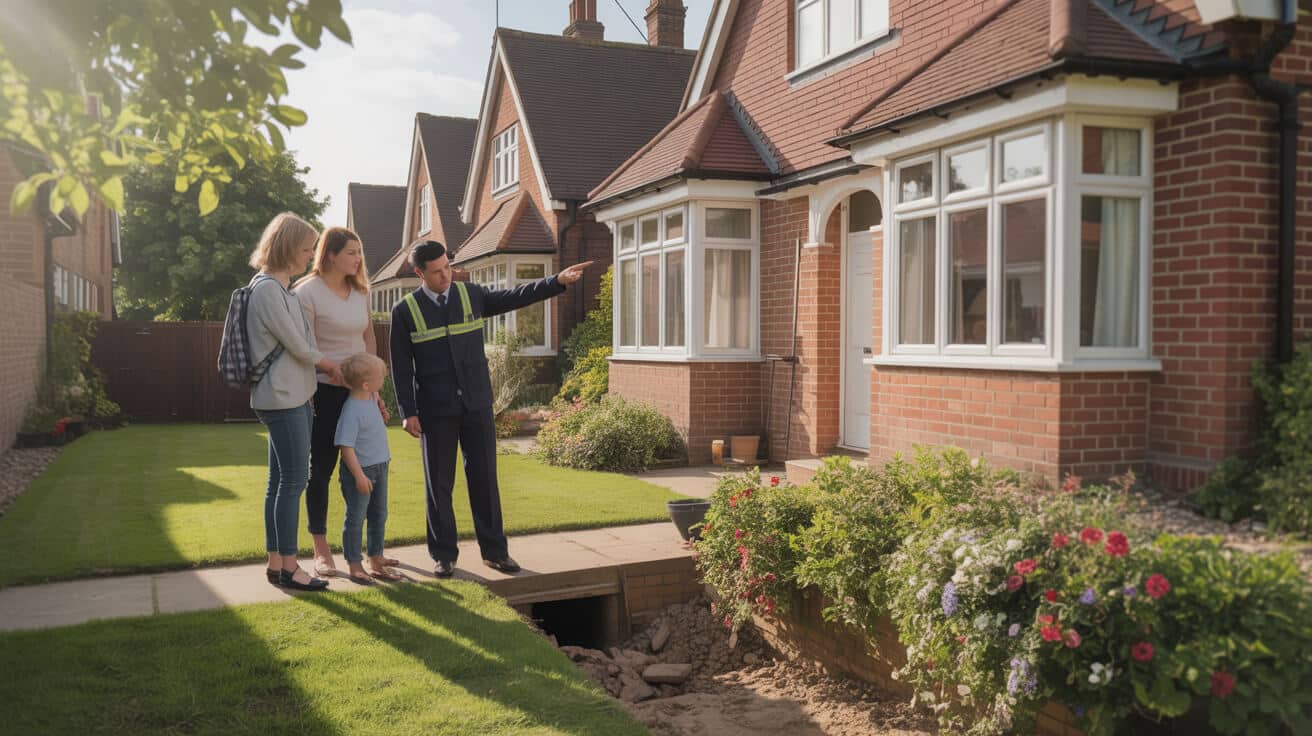
How Can You Trust Your Carbon Monoxide Alarm When Everything’s on the Line?
Carbon monoxide is the ultimate invisible risk—it sneaks through walls, out of appliances, and into bedrooms while everyone sleeps. It gives no scent, no colour, and won’t set off any instinct. The only thing between your family, your tenants, or your business and tragedy? That little device on the ceiling or wall, quietly waiting for its job. But here’s the hard truth: an alarm is only as good as the way you instal it, test it, and keep its records tight. Too many people treat CO alarms like “fit it and forget it”—until the day something goes wrong.
Complacency with alarm checks hands risk and liability to the unknown.
For homeowners, landlords, letting agents, block managers, and anyone in charge of a public or commercial space, the same rule applies: being proactive about your CO alarm is as much about reputation and compliance as safety itself. Landlords end up in court, businesses suffer closures, and sometimes insurance just walks away—because an alarm that’s out of date, wrongly sited, or untested is a legal liability, not a defence. Want to avoid being the cautionary tale every inspector and claims adjuster quotes? Own the process, not just the box.
Where Can Carbon Monoxide Alarms Legally Go—And Where Do Most People Get It Wrong?
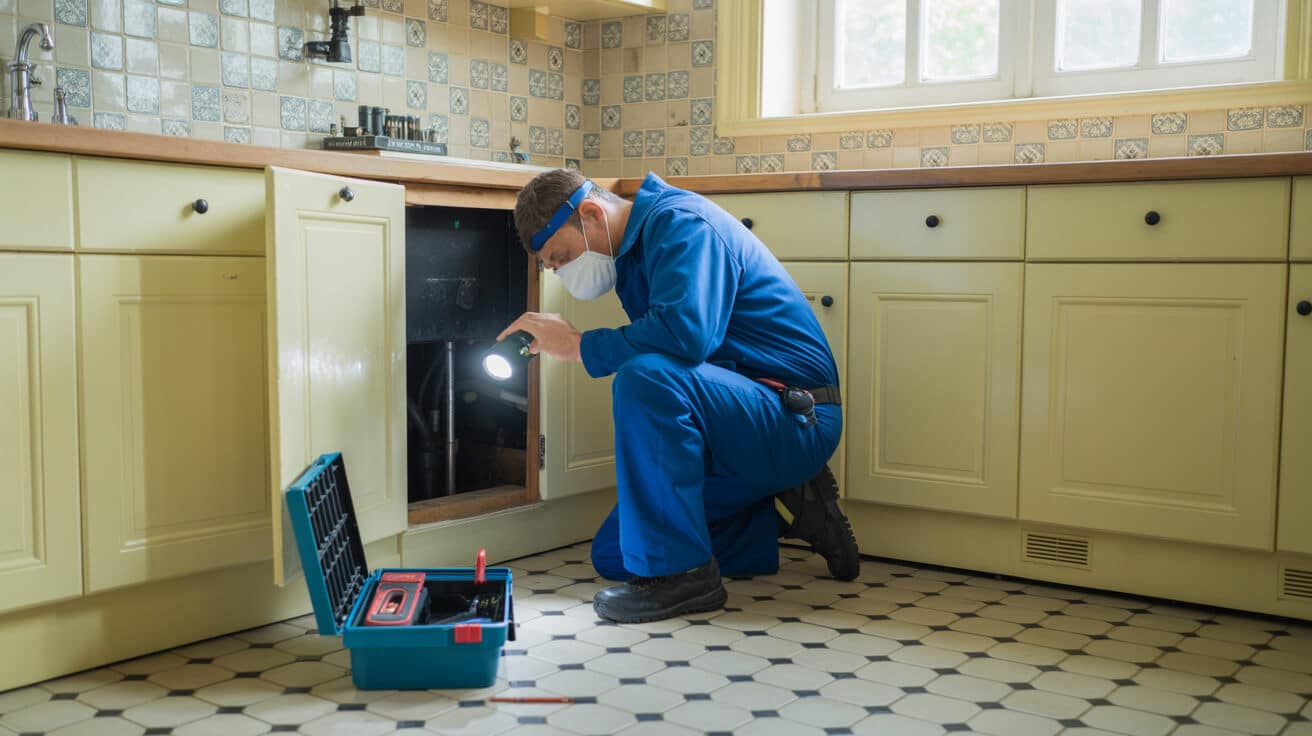
Most believe a CO alarm in “the boiler cupboard” is enough. If that was true, half the urgent callouts after audits wouldn’t happen. UK law, insurance, and best practice all demand more—and the devil’s in the details. The new regime for landlords, rented housing, and commercial property isn’t about ticking a box—it’s about placing, certifying, and recording alarms where they actually catch a leak, before it turns into a crisis.
Getting Location Right: It’s Not Guesswork
The scoring system isn’t whether there’s “an alarm somewhere”—it’s about placement:
- Every solid fuel appliance? CO alarm required.
- Gas hobs, open fires, log burners, garages? Alarm nearby, at head height (not just above the boiler).
- Flats, HMOs, and blocks under management? Coverage is not “one per block”, it’s every high-risk room plus public areas where gas may travel *(UKHSA, 2024)*.
More alarms are cited for compliance failures because they’re a metre above the boiler, hidden behind coats, or two years past expiry.
What Do Compliance Devices Look Like?
A “bleeping box” doesn’t convince a fire officer or insurance loss adjuster. Look for:
- EN 50291 Mark: Only alarms with this independent certification meet UK law.
- BSI Kitemark: Verifies the design, components, and lifespan have passed British safety standards.
- Visible Expiry Date: Every alarm has a printed “replace by” date; after this, it’s not valid, full stop *(Aico, 2024)*.
Easy-to-access documentation moves you from defensive to proactive compliance.
Own multiple properties? Record make, model, term, siting, and serial numbers for every device. For agents and managers, an audit trail is your escape hatch during disputes, claims, and inspections.
Does the Test Button Prove You’re Actually Protected From Carbon Monoxide?
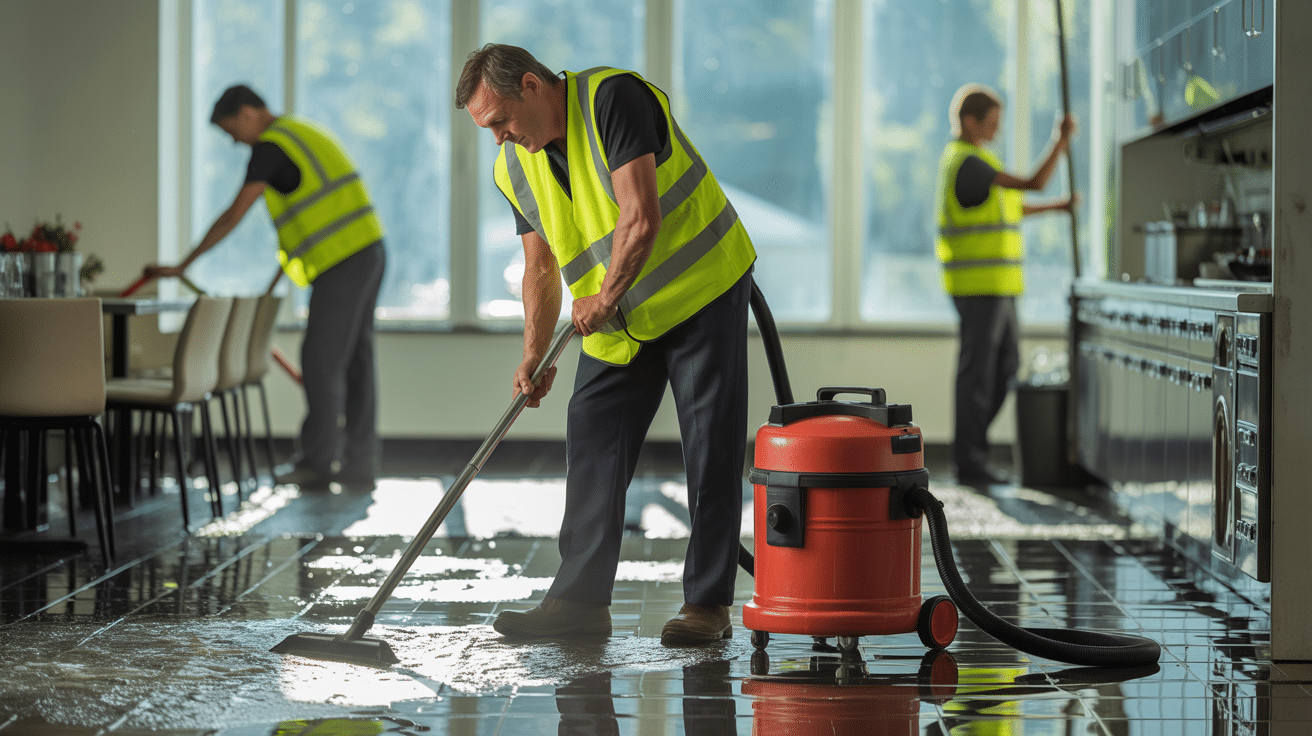
This is the myth that gets people in court: the button test only checks the sounder and power—not the actual sensor that detects deadly gas.
People press, they hear a beep, and they sleep easy—but, quietly, the alarm could have a dead sensor and give no warning during a real leak. More than half of non-fatal incidents from CO in UK homes happen with a “working” alarm—meaning it beeped on the test, but did nothing when it mattered (British Gas, 2024).
The Button: What Does It Tell You?
Pushing the test button will:
- Confirm that the electronics and buzzer are working.
- Tell you the batteries or supply aren’t dead.
- Not, however, tell you if the gas sensor is working or expired.
Brands even highlight: “Button tests are basic—not proof of detection” (First Alert, 2023). If you get no response, swap batteries or replace instantly; but don’t treat a “normal” beep as full reassurance.
The Hidden Dangers of DIY Testing
- The test button won’t “sniff” real CO—it only runs an internal cycle.
- Old alarms, some even out-of-date by years, will beep happily but miss a real leak.
- Some insurance claims fail when post-incident analysis shows a sensor expired, but “no one noticed”.
Six in ten incidents stem from faulty or expired alarms that sounded normal in button tests. *(British Gas, 2024)*
Get used to thinking of each check as the bare minimum—never the finish line.
What’s the Safe, Legal Way to Fully Check a Carbon Monoxide Alarm’s Sensor?
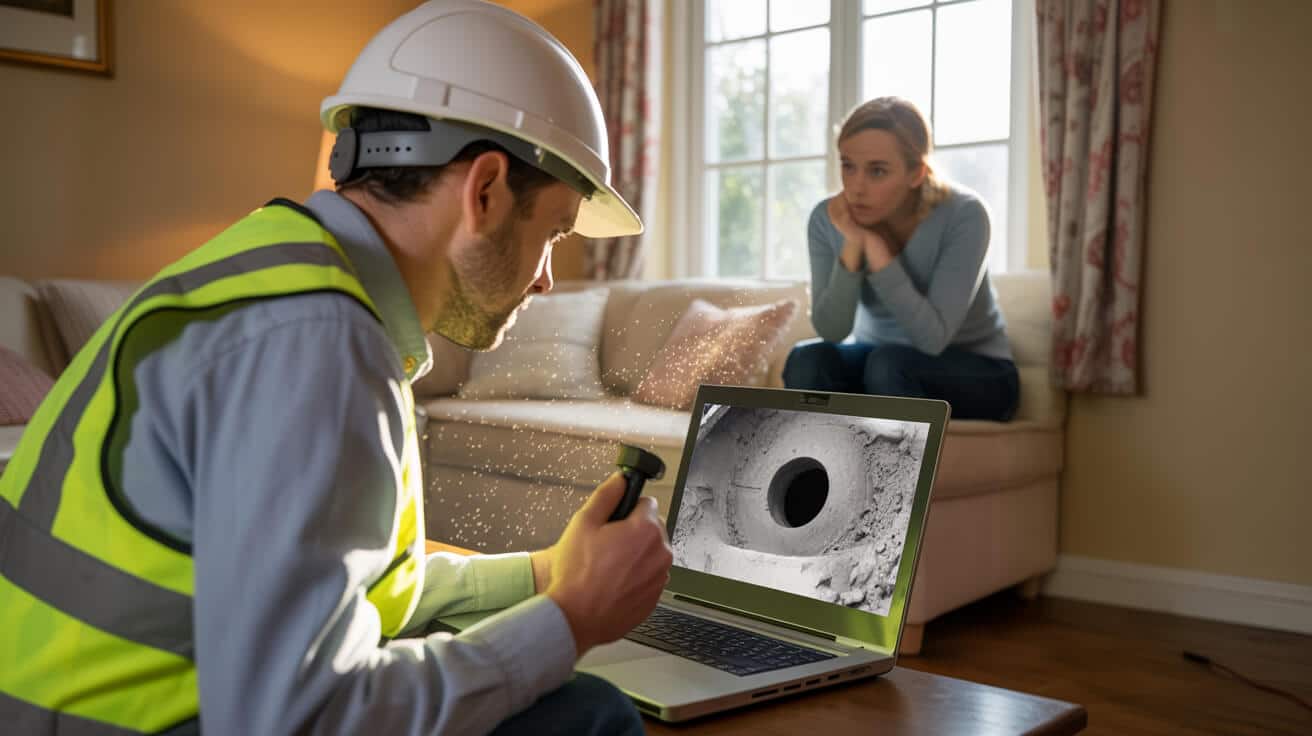
It’s tempting to wave a lighter or spray something at the alarm and hope for the best. Don’t.
Direct exposure to smoke, flame, or exhaust can damage the sensor, invalidate the certification, and sometimes even create the very crisis you’re trying to avoid. For homeowners, stick to approved instructions; for landlords and property managers, annual checks by certified professionals are table-stakes.
How Pros and Smart Owners Test CO Alarms
- Always read the manual: Manufacturers specify when and how to use a CO “test gas” spray. Not all models allow it; the wrong compound can ruin the sensor *(FireAngel, 2024)*.
- Only use authorised test gas: These simulate the presence of CO safely and as intended.
- Ventilate afterwards: Test gas leaves a lingering trace; air out immediately after testing.
- Schedule annual professional validation: For landlords, agents, and managed blocks, this isn’t just smart—it proves due diligence and is standard practice during major audits.
Never Try
- Fire, smoke, or car exhaust—they don’t test the sensor properly, void warranties, risk fire, and break regulations.
- Ignoring expiry dates—the sensor may still beep but is “blind” from age.
Genuine alarm tests in rental and managed stock should always be led by a professional for compliance and peace of mind.
Can You Decode Your CO Alarm’s Beeps and Flashing Lights Without Guesswork?

Ever heard a single “chirp” every minute—then silenced it, changed the battery… and still it chirped?
Most property managers and owners can’t confidently tell you which pattern means “life-threatening CO” and which means “it’s time for a new device”. A wrong guess, taped over alarm, or casual reset could mean missing the signal that saves lives.
How to Crack the Code
- Continuous alarm tone: —Leave the building now, open doors and call 999. This means dangerous levels of gas are detected.
- Single intermittent beep (chirp): Usually end-of-life or battery fault. If swapping the battery doesn’t stop it, the alarm must be replaced.
- Coloured light flashes: Check the manual. Some alarms flash red for an alarm, yellow for a fault, green for power OK. The pattern matters; don’t guess.
If any alert pattern is unexplained, or not covered in the documentation, treat it as urgent and consult a qualified engineer. Don’t improvise by taping over, relocating, or disabling the device just to stop the beep.
Ignoring a warning light or doubling up tape isn’t resourceful—it’s betting your future on a hunch.
Why Does Maintenance Beat “Fit and Forget” When It Comes to CO Alarms?
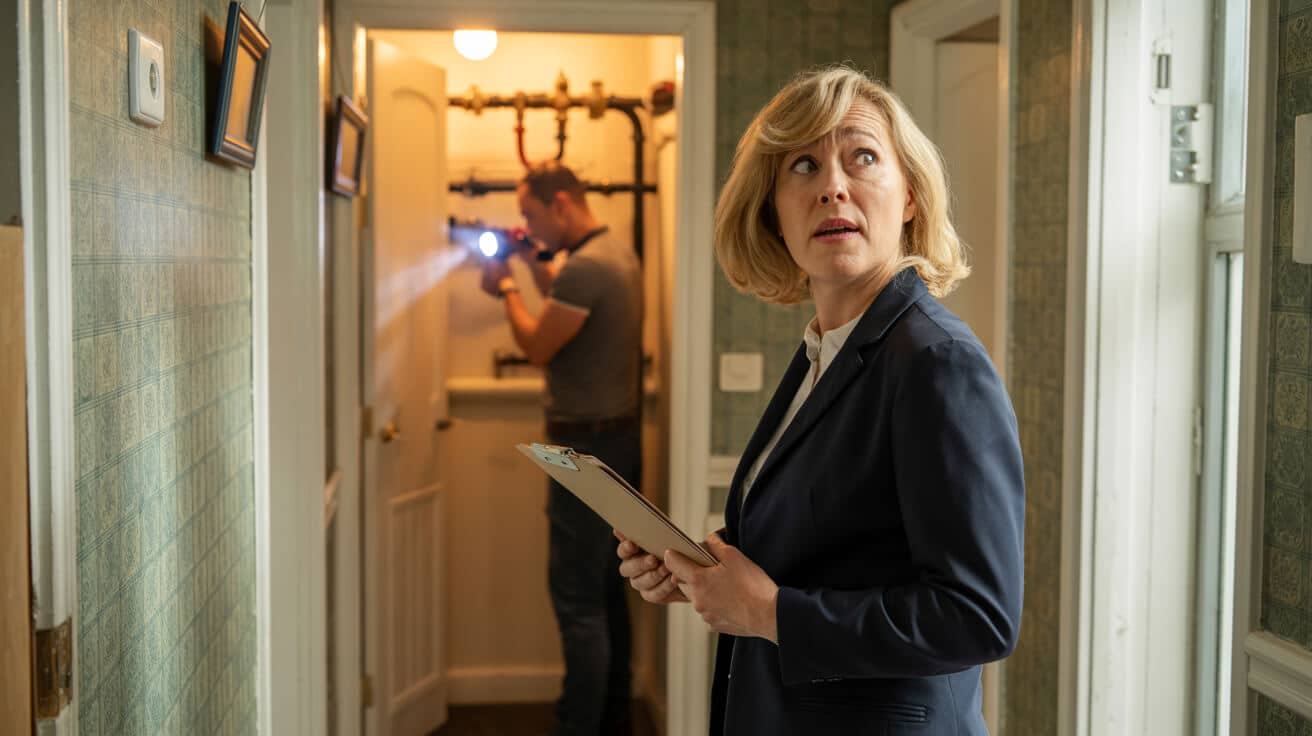
Even “sealed for life” alarms fail without care.
Paint, grease, kitchen steam, or dust can block their air inlets or clog sensors, reducing protection without you knowing. Landlords, agents, and block managers lose more time and money on failed audits because someone forgot to log a battery change, expiry, or cleaning than almost anything else.
Maintenance Made Simple—But Non-Negotiable
- Monthly:
- Press the test button and watch for the correct light pattern.
- Gently vacuum the outside to remove dust.
- Keep the area clear—no furniture or curtains over the unit.
- Annually:
- For older alarms, swap batteries where allowed.
- Log serial numbers, expiry dates, and check siting.
- Replace if out-of-date, damaged, or past its “replace by” mark.
- For professionals:
- Document every visit, battery change, or replacement, in writing.
- Keep digital/photos of all installed alarms with date, location, and model number—this is gold in any compliance check.
Visible logs and monthly checks mean your protection isn’t accidental—it’s maintained.
If CO Alarms Expire, Why Is It So Dangerous to Ignore That Date?

The gas-sensing element inside every CO alarm wears out—slowly, but surely.
Most alarms in the UK set a maximum lifespan between 5–10 years. After that, it doesn’t matter if the alarm beeps, flashes, or looks fine—the sensor could miss the one leak that counts.
The Real Replacement Triggers
- Expiry date has passed: Replace without compromise—logs should confirm the date.
- End-of-life warning or persistent chirp: If batteries (where allowed) don’t help, replace the alarm.
- Physical or water damage, or unexplained silence: Treat any fault as reason for replacement.
How To Dispose
Old CO alarms count as electronic waste.
This means recycling, not binning—visit local council e-waste points for responsible disposal, maintaining a record for compliance (UKHSA, 2024).
An expired alarm is no comfort. It’s a liability if it appears present but doesn’t work.
Should You Trust DIY Checks, or Does a Pro Need to Test and Document Your Alarms?
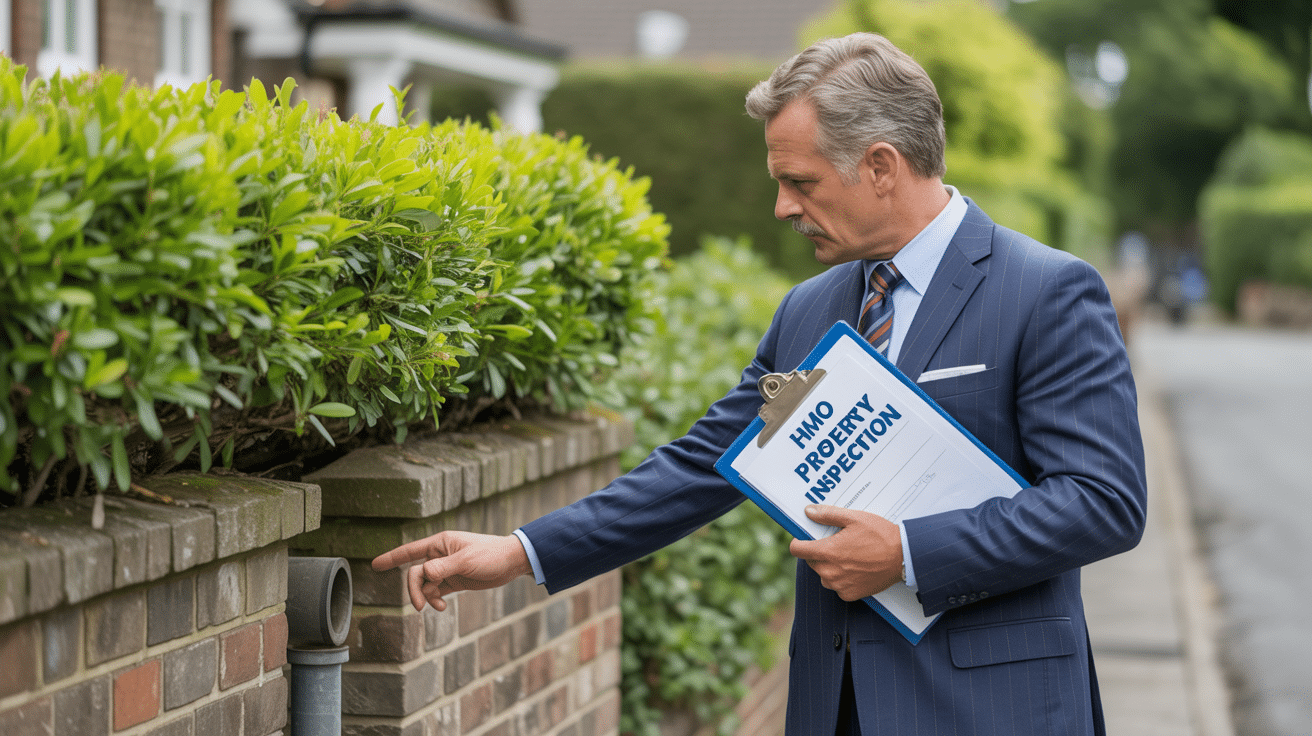
For homeowners, careful and logged DIY checks cover the basics. But the second there’s a tenant, an insurance risk, or a duty of care to visitors, the rules change.
Professional, certified testing counts for more with auditors, insurers, regulators, and courts.
When “Call a Plumber” Is the Best Move
- Don’t recognise the alarm’s brand, have no records, or aren’t sure on placement or expiry? A WRAS- or G3-certified expert will audit, replace, and document fully for you.
- Managing multiple properties? Schedule annual checks, and get signed paperwork—this is what’s expected for compliance, not just “good faith”.
- Got a complaint, incident, or new tenancy? Book a pro, and let them handle both alarm function and paper trail.
A reputable company leaves you with both testable protection and evidence—showing you care about more than “just enough” to get by.
What’s Left to Lose by Cutting Corners on Testing, Documentation, or Compliance?
You don’t just risk a “slap on the wrist”.
The stakes for missed CO checks, missing logs, or expired alarms? Fines, insurance refusal, loss of rental income, and even reputational damage that follows you to every new deal or letting. Public premises and commercial offices aren’t immune—failure here means the books are closed until it’s made right.
- Legal exposure: Fines and criminal responsibility in the wake of a CO incident or complaint.
- Insurance rejection: Claims for property loss, damage, or injury often get rejected when the alarm storey doesn’t add up.
- Loss of trust: In today’s market, being “audit ready” is trust currency—show it, log it, and never hide it.
Every missed check isn’t just a legal risk; it’s a leadership failure others notice.
Routine and recorded testing becomes a badge of trust and professionalism—setting you well ahead of the “I thought I’d done enough” crowd.
Plumbers 4U: Certified Carbon Monoxide Alarm Audits, Installation, and Care
Carbon monoxide isn’t going away. Neither is your responsibility to protect every occupant, tenant, employee, or guest in your care.
Complacency is history with the right partner.
Plumbers 4U delivers:
- Room-by-room audits and certified installation per the latest UK codes for homes, rentals, blocks, and commercial sites.
- Fitting only EN 50291 and Kitemark-approved alarms, at correct locations and heights.
- Demonstrations for you, residents, or staff—so everyone knows the meaning behind every beep, light, and silence.
- Digital documentation, photo logs, and proactive annual reminders—so compliance takes care of itself.
- Emergency callouts and tailored aftercare to ensure lasting safety and legal protection.
Don’t gamble on luck—secure your people, property, and peace of mind with expert-certified CO alarm care.
Get in touch with Plumbers 4U today. Trusted, certified, ahead of the curve—and always up to code.
Frequently Asked Questions
Why does proactive carbon monoxide alarm testing safeguard your property and reputation—beyond mere regulation?
Routine carbon monoxide alarm testing shifts you from “tick-box” compliance to unstated leadership—protecting not just tenants or residents, but your own standing and assets. Every property manager and landlord who waits for a scare storey is trailing the reality: nearly 60% of recent domestic CO poisoning cases link directly to neglected alarms or absent logs, not brand-new faults (Gas Safe Register, 2024). It’s as much about trust with insurers and clients as about survival. The result? The managers with the best records land the lowest premiums and keep high-quality tenants longer.
A working alarm is no comfort if nobody can prove it’s working—or cares enough to check it.
What immediate and less obvious benefits come with routine testing?
- Legal defence: New rental and public sector legislation expects thorough checks with proof—tolerating gaps is now a fineable gamble.
- Portfolio protection: If an incident ever occurs, well-kept digital or paper logs will decide whether an insurer pays out or auditors pass you.
- Tenant/occupant psychology: Properties where compliance and testing are visible foster higher long-term trust from residents and buyers.
Who needs to act, and how frequently?
- Landlords and letting agents: Go beyond pre-tenancy button tests. Schedule documented monthly checks and an engineer-logged annual review.
- Block managers, local authorities, facility heads: Adopt a centralised, digital log system—noting dates, serials, locations, and every visit or replacement.
- Homeowners: Test monthly and keep expiry records prominent; build an annual calendar reminder to close the gap no insurance policy will forgive.
Testing doesn’t just sidestep risk—it boosts operational control, audit resilience, and your property’s market reputation. Plumbers 4U can digitise these routines for you, so compliance becomes an invisible asset.
What crucial gaps in “test button” checks could expose real CO risks and regulatory failure?
Pressing a CO alarm’s button checks only the obvious—sounder, circuit, and battery—not whether the device would react to real carbon monoxide. Recent field research reveals that as many as one in seven alarms pass their button tests while failing to register actual gas exposure (Which? Safety Testing, 2024). These hidden failures strike hardest after years of use, DIY “fixes,” or improper siting. And if your compliance runs on button-presses alone, spot checks or claims investigations will find the flaw before you do.
Not every beep is real proof—sound can mask a sensor that’s already quit.
Where does the “test button” fall short?
- It won’t check the gas-sensitive sensor itself.
- Expired, clogged, or counterfeit devices often still “beep on command.” No regulation or audit accepts button tests alone.
- DIY “hacks” with flames, aerosol, or exhaust both void warranty and destroy compliance; using them risks prosecution and site blacklisting.
How do high-trust portfolio managers verify true reliability?
- Expiry-first checks: Only use alarms with a clear, in-date “replace by” stamp. Retire anything foggy or out of sequence.
- Professional test gas verification: Schedule at least annual engineer checks with approved CO gas. This is now standard in most blocks and commercial assets.
- Upgrade policy: If you inherit or doubt a single alarm, swap it for a certified EN50291 unit—rectifying the record before auditors, family, or insurers need to ask.
A sounder alone can’t protect against claim denials or reputational loss; documented sensor tests and expiry logs are your safety net. Plumbers 4U delivers both—no drama, just clean records.
How can you validate a CO alarm without breaching warranties or introducing health risks?
Attempting a “live” sensor check with candles, matches, cigarettes, or vehicle exhaust is not just unsafe—it voids every UK warranty and regulatory certification. Only CE-approved test gas, applied per the manufacturer’s protocol, is accepted by building inspectors, risk officers, and major insurers. Even then, processes vary: some alarms can’t be gas-tested at all (check the instruction sheet first), while the wrong tools nearly always flag both audit and insurance teams.
Safe and effective validation workflow:
- Read the device’s instructions: first: Only proceed if test-gas checks are formally allowed.
- Order a branded, CE-certified gas canister: Seek out units designed for alarm testing; improvising increases legal and physical risks.
- Apply only as per device protocol: (typically via a port or funnel attachment, never via the air): Most require a short, timed burst and forbids repeat exposure within a given window.
- Log and photograph: Always note the result, timestamp, and serial for compliance. For large portfolios, centralise this digitally.
When is it better to call in an expert?
- Most agencies, property managers, and commercial landlords now outsource annual checks to WRAS, G3, or WaterSafe-certified engineers—taking advantage of mobile records and zero risk of voided devices.
- Homeowners can book one-off compliance checks—receiving new paperwork and advice, avoiding “DIY hacks” that sideline both safety and insurance.
A proper sensor test can never be ad-libbed. Book an accredited Plumbers 4U audit—your certification will be recognised by every authority, court, and underwriter, no questions asked.
What does every beep, chirp, or flash from a CO alarm demand from you in real time?
CO alarms are not theoretical—they speak in beeps, chirps, and flashes you are legally expected to decode and act on. But confusion still costs dearly: post-incident reviews show nearly a third of carbon monoxide casualties trace back to misunderstood signals or late response [(RoSPA, 2024)]. These incidents cost landlords not only penalties, but tenants and reputation too.
| Signal Pattern | Meaning | Required Response |
|---|---|---|
| Loud, continuous siren | High CO detected | Evacuate, ventilate, seek help |
| Single, spaced chirp | Low battery/Expired unit | Replace battery/alarm immediately |
| Series of quick beeps | Sensor or device fault | Swap unit, check compliance |
| Red blinking LED | CO detected | Full alarm protocol |
| Yellow/amber flashes | Service fault | Refer to manual/book engineer |
| Silence/random noises | Internal failure | Replace immediately |
Every beep is a contract—wait and you break it. Treat each signal as the risk it represents and respond faster than doubt.
How to turn confusion into confidence:
- Audit every noise: Don’t mute or ignore. A persistent beep equals urgent replacement—delay risks fines and non-payment from insurers.
- Centralised communication: For multi-property or shared spaces, circulate quick reference charts (or digital tools) so staff or tenants know how to respond.
- Error logs save money: Document responses and swaps. Insurers want proof of both your listening and your acting.
Plumbers 4U can instal bespoke signage, app-based reference charts, and engineer-supported response plans for blocks or complexes—eliminating uncertainty and building trust.
Why does a CO alarm’s expiry date always override “test” results, and what are the regulatory costs of missing it?
A CO alarm’s expiry date is an enforceable cut-off—not a vague suggestion. The UK’s property risk sector has seen a surge in claims denials and regulatory penalties tied not to “broken alarms” but to expired but still beeping units [(Chartered Institute of Housing, 2024)]. This creates the lowest bar for auditors: “Is the device in-date and physically logged?” If you can’t prove both, your alarm is considered non-existent—no matter how many tests it’s passed.
Pain points, penalties, and smart prevention:
- Out-of-date alarms equal automatic insurance refusal: Most property policies, including social housing, reject CO claims outright if the device has expired.
- Regulatory fines stack up: Councils and letting authorities can issue multiple fines per non-compliant alarm, compounded by required remediation visits.
- Tenant and family risk: Expiry shows up first in audits and after incidents—not in loud failures, but in silent gaps only databases expose.
How to bulletproof your process:
- Keep expiry logs digital and visible—ideally with photographs or scans
- Replace alarms two months before expiry, tagging both the instal and removal
- Centralise documentation; one missed alarm can jeopardise all PASS-rated audits in a whole building or agency
Plumbers 4U can synchronise expiry and maintenance records for you—creating a system where compliance becomes automatic and worry evaporates.
What’s the proven route to audit-proof, future-ready CO alarm compliance—without extra stress or missed details?
The only way to meet—and exceed—modern standards for CO alarm compliance is to couple visible audit logs with specialist support, fully integrated into your annual management routine. Compliance now means anticipating demand for proof, not scrambling when disaster or audits strike. The top-performing landlords, managing agents, and local authorities automate digital checks, collect app-based or engineer-signed logs, and stay months ahead of every legal threshold.
Record every action before it’s requested; compliance questioned after the fact is compliance already lost.
The three-pillar compliance playbook:
- Routine log and checks: Monthly tests, instant battery swap or panic-log, expiry/dates photographed or scanned, engineer sign-off for all block-scale properties.
- Professional-grade engineering: Only WRAS, G3, and WaterSafe-approved visits supply the logs and test results recognised by auditors, claim reviewers, and regulators.
- Smart systemization: Centralised and cloud-based documentation (often with automated reminders or mobile photo upload) makes yearly reviews a non-event.
Trusted partners matter:
- Plumbers 4U provides WRAS, G3, and WaterSafe-certified engineering; all work comes with audit-grade digital logs, engineer IDs, and scheduling supports for agents, block managers, homeowners, and business owners.
- National scale, rapid booking, focused solely on safety and future-proofed compliance—no up-selling or product pressure.
If you want a “set it and forget it” solution, Plumbers 4U automates testing, documentation, and compliance for your entire property lifecycle. It’s your shortcut from checklists to legacy—when every regulator, tenant, or insurer comes calling, the answer is simply, “Here’s the proof, done properly.”
